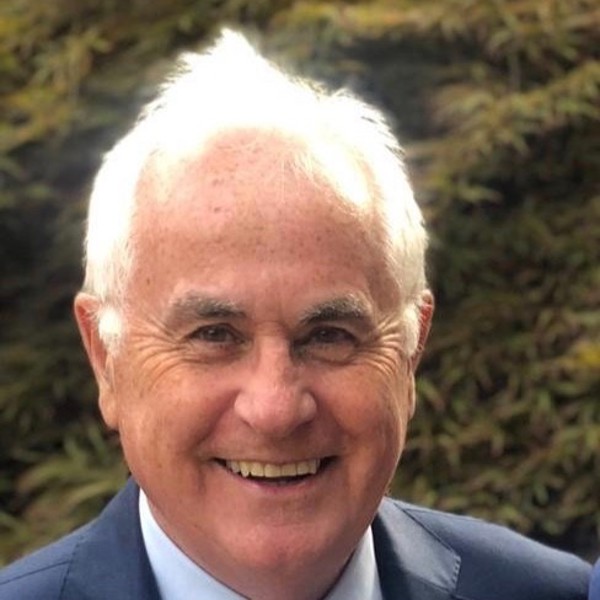From apathy to engagement
50 years of the Health and Safety at Work Act
- Date posted
- 25 July 2024
- Type
- Opinion
- Author
- Kevin Myers
- Estimated reading time
- 4 minute read
Ahead of the 50th anniversary of the Health and Safety at Work Act receiving Royal Assent (31 July), Kevin Myers, a former Chief Executive and Senior Inspector at the GB Health and Safety Executive, reflects on the impact it's had.
The Health and Safety at Work Act transformed how occupational safety and health risks are managed and regulated in Great Britain (and more widely). Despite being radical (in thought as well as outcome), there was all-party support. This reflected the quality and persuasiveness of the Committee of Inquiry which set out the new approach in a mighty two-volume report referred to ever since by the name of its chair – Lord Alfred Robens.
“Apathy,” Robens argued, was the root problem. It arose from “too much reliance on state regulation … and too little on personal responsibility and voluntary, self-generating effort.” The proposed structure, based on a new broadly drawn Act and a unified regulator, would therefore not be enough without the support of a third non-statutory pillar, “creating” in Robens’ (sometimes controversial) phrase “the conditions for more effective self-regulation.” Or in less abstract terms, exploiting the “real scope for fruitful operational collaboration” that the Committee saw there ought to be.
The Robens Report identified and praised the many existing foundations on which this could be built, but called for greater ambition and a problem-solving approach from employers, trade bodies, unions, institutions and the state – and far better collaboration between them.
Four of us who spent our working lives in HSE1 are writing an eBook about the 50 years since, which we plan to publish this Autumn (and no, we are not late! The Commission and the Executive were established on 1 October 1974; the main provisions of the Act came into force on 1 April 1975).
OSH system
The Act and the Executive are still here (although the Commission was recast as the non-Executive Board of the Executive in 2008). What about that third pillar? We’re devoting a chapter of our book to what we have called the “OSH system” that developed over the 50 years. We could easily have written more. We’ve grouped the hundreds of organisations contributing to the “system” into five types of actors (not least because there are too many to list individually). We argue that, other than in respect of its formal enforcement role, HSE has moved from being the “prime mover” of the system to become more of a “catalyst” – and applaud this as an indicator of success. Views still differ about this, but it is what Robens wished to happen.
But there is little point looking backwards unless you do so to look forward. So, this has raised the question: where next? Small stories may reveal greater truths, as the following case study taken from HSE’s website2 reveals.
Flour dust allergy can cause disabling asthma. One company improved conditions for its workers by using heat-treated low-dust flour to dust the bread production line. This reduced exposure from the higher-than-good-practice value of 2 mg/m3 to 0.54. Food waste, cleaning time and maintenance were all reduced leading to cost savings, and working conditions were made better. Respiratory protection was no longer needed.
The practical steps taken by the company yielded many benefits. This was achieved by treating it not just as an OSH problem but as a quality and efficiency issue, using the expertise of its production staff and engineers to find a solution, which included some redesigning of the production line itself. In the background, HSE oversaw the science that set prudent standards and enabled accurate measurement against them – and used the web to offer the lessons worldwide. “Fruitful operational collaboration” indeed. HSE’s website contains eight similar case studies in a range of sectors from spray painting to nursing.
Wouldn’t it be good if this down to earth approach became even more the norm in the sixth decade? Find problems, work together to fix them, reap the many benefits, share the knowledge and move on.
References
- David Ashton, David Eves, Kevin Myers, and David Snowball. All joined HSE (and its antecedent in the case of David Eves) as Factory Inspectors and had long careers, together amounting to over 150 years, in a range of operational, policy, strategic and senior leadership roles.
- Case studies, asthma – Health Safety Executive
Last updated: 02 August 2024
Kevin Myers
- Job role
- Former GB Health and Safety Executive
 IOSH
IOSH



